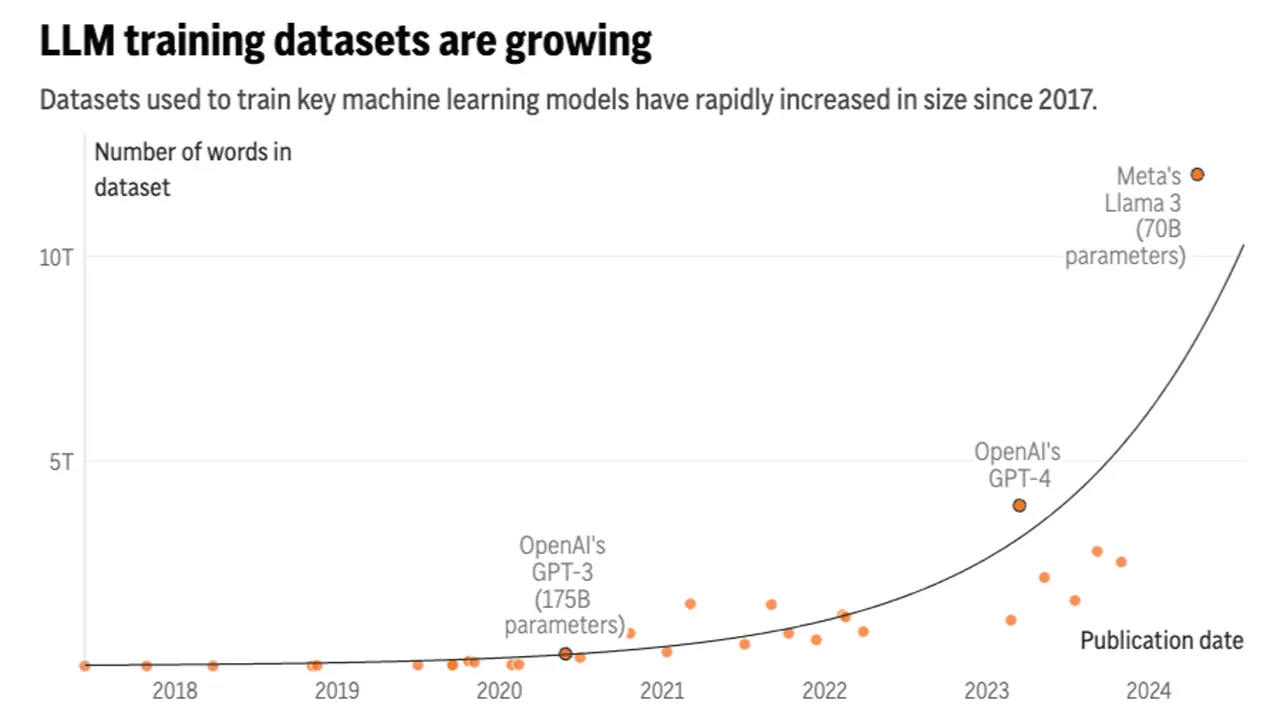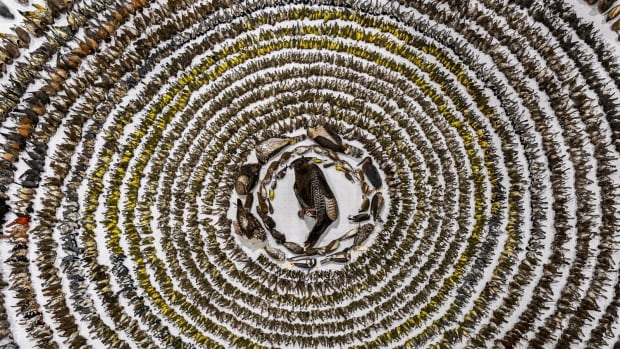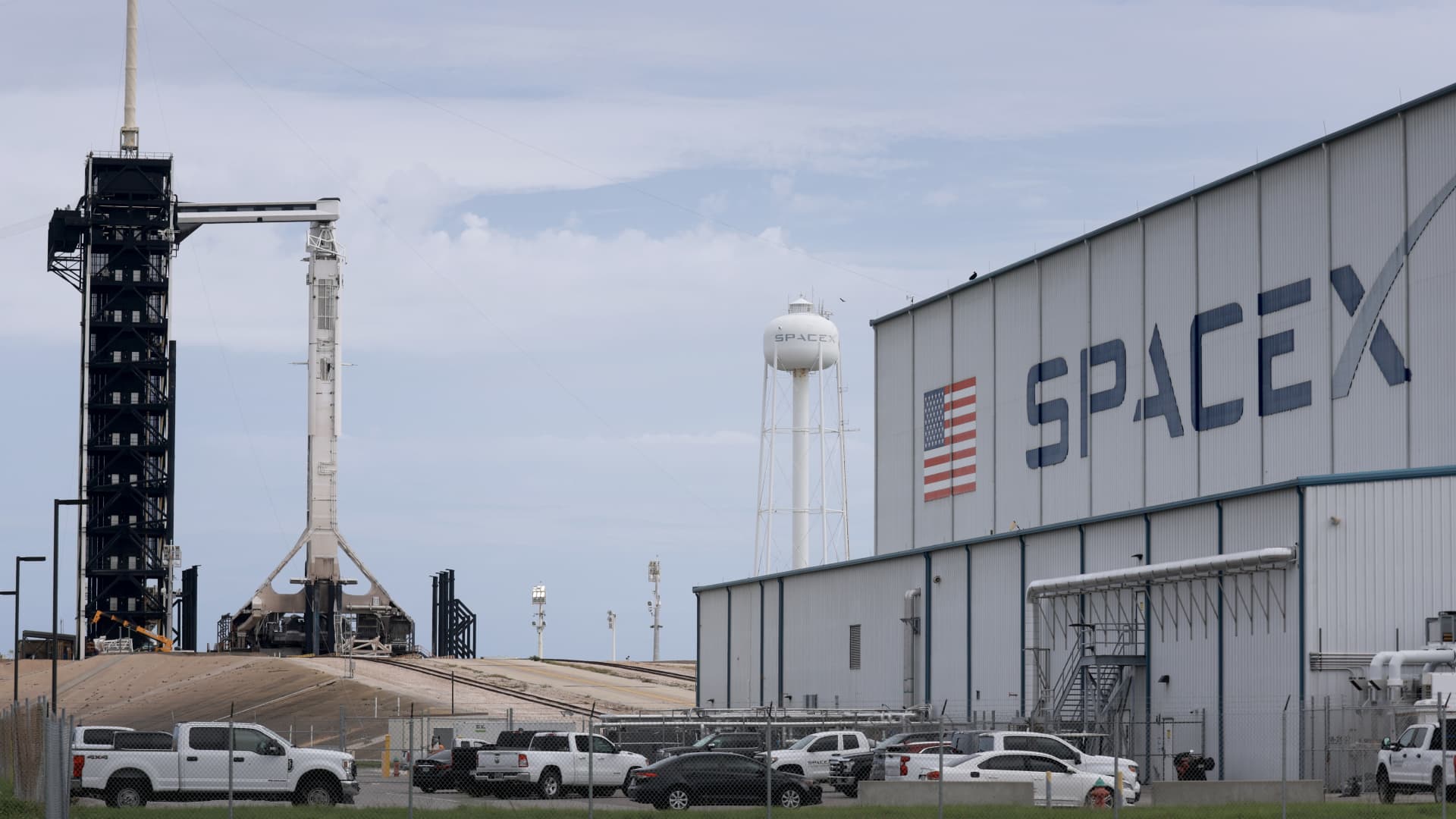From his home office in West Yorkshire, England, Richard Hemsley flips through a folder of papers. He decides on one, then looks up.
“I’ll read it to you, if I put my glasses on,” he says. When he’s adjusted his frames, he starts the letter of condolences about his grandfather, Lt. Francis Hemsley.
“He was in fact one of God’s good men,” it starts. The letter was written to Francis’ wife by someone he knew in the First World War. Richard gets to the last line.
“His family, though regretting his untimely end, have cause to feel proud of him and his glorious death,” he reads.
“A fairly moving letter, isn’t it?”
Though he never met his grandfather, Richard and his family know so much about Francis thanks to decades of their own research.
Almost everything, in fact, except for where his remains lay.
That missing link took a few Canadians — and some buttons — to piece together.
Of war and farm land
Francis Hemsley was born in England in 1880. Richard said his grandfather, whom he calls Frank, fought with the British army in South Africa, then immigrated to Canada in 1911. Richard believes the move was part of Canada’s efforts to get British military men to farm the prairies.

Francis moved with his brothers-in-law to Canada, and ended up near Prince Albert, Sask. about 360 kilometres north of Regina. Richard said his grandfather built a log cabin where his family would join him a year later. That included his wife, Adina Hebden, their son who would become Richard’s father, and their daughter.

Francis lived there for almost five years. While Richard notes he doesn’t know a lot about his grandfather’s Saskatchewan life, he knows Frank and his wife had another son. He also joined the 52nd Prince Albert Volunteers — a militia regiment — where he became a lieutenant.
Then, war called.
Francis moved to Winnipeg where he and two brothers enlisted in the Canadian Expeditionary Force while his wife and children moved back to England.
“My feeling is [Francis] wanted to take part not only on behalf of Canada, which is where they had taken up residence and become naturalized, but also for England fighting a war against Germany,” said Hemsley.

But just weeks after being deployed, Lt. Hemsley was killed helping the 16th Battalion fight in the Battle of Hill 70 in France — a bloody endeavour ending with almost 10,000 Canadian casualties.
Lt. Hemsley was 37. And that is where Richard’s knowledge of his grandfather ended.
“All we knew as I was growing up was that he had been killed in France in 1917 and he had a direct hit from the shell,” he said.
“We were told there was no body to bury.”
But that wasn’t quite true.
Canadian team unlocks the mystery
In 2012, Lt. Hemsley’s remains were discovered by a bomb-disposal crew that was clearing space for construction in Venden-le-Vieil, France, according to Canada’s Department of National Defence (DND). Along with his bones, the crews found pieces of a gas mask and helmet, a pair of boots and several buttons that said “16th Battalion, Canadian Scottish Regiment.”

It was all turned over to DND’s casualty identification program: a group dedicated to learning the stories of unidentified, Canadian remains from international conflicts.
The 16th Battalion buttons narrowed down the search, but refining it would mean DNA analysis.
When Francis’s bones were first found, however, the team could only extract DNA from his mother’s side and not his father’s. With just maternal DNA, the team could only search for some of Francis’s family, according to Sarah Lockyer, the forensic anthropologist leading the program.
“In some instances, unfortunately, there are no living DNA donors left. They’ve all passed on. So in that case, we’re kind of stuck where we don’t have a maternal relative,” she said.”
But last year, they tried again with new DNA technology. The team successfuly extracted paternal DNA from Francis’s bones, unlocking new relatives and leading Lockyer to Richard Hemsley.
“This was the first time that I was able to speak to a grandchild who was the DNA donor for a First World War casualty,” she said.

Lockyer said this case was also unique since it’s the first remains of an officer she’s identified — normally working with the bodies of privates or sergeants.
Francis’s case was also rare, she said, since Richard and his family knew so much on their own.
“Most of the time, admittedly, when we call either DNA donors or we determine who the next of kin is for somebody that we’ve identified, they have no idea who we’re talking about,” said Lockyer.
“But in this instance with Lt. Hemsley, they have all these anecdotes and family stories and photographs and it makes it that much more special and emotional.”
As technology advances, Lockyer hopes she can unlock more family mysteries like the Hemsley’s.
She has 42 other skeletons to identify, but says there are more than 27,000 Canadians who died in conflicts who have no known grave.
“Every year there are sets of human remains that are discovered due to construction or farming activity, and we hope to be able to identify them so that they can be buried with their name by their regiment and hopefully in the presence of family,” she said.
An official goodbye
Years ago, Richard took his own family to the Canadian National Vimy Memorial to feel his grandfather’s legacy. He even tried to find where he was killed.
Now, this summer, they’ll go back to France for a proper, military reburial. He said they’re adding a personal touch to say goodbye.
“On his gravestone, it will say ‘He was one of God’s good men.'”








